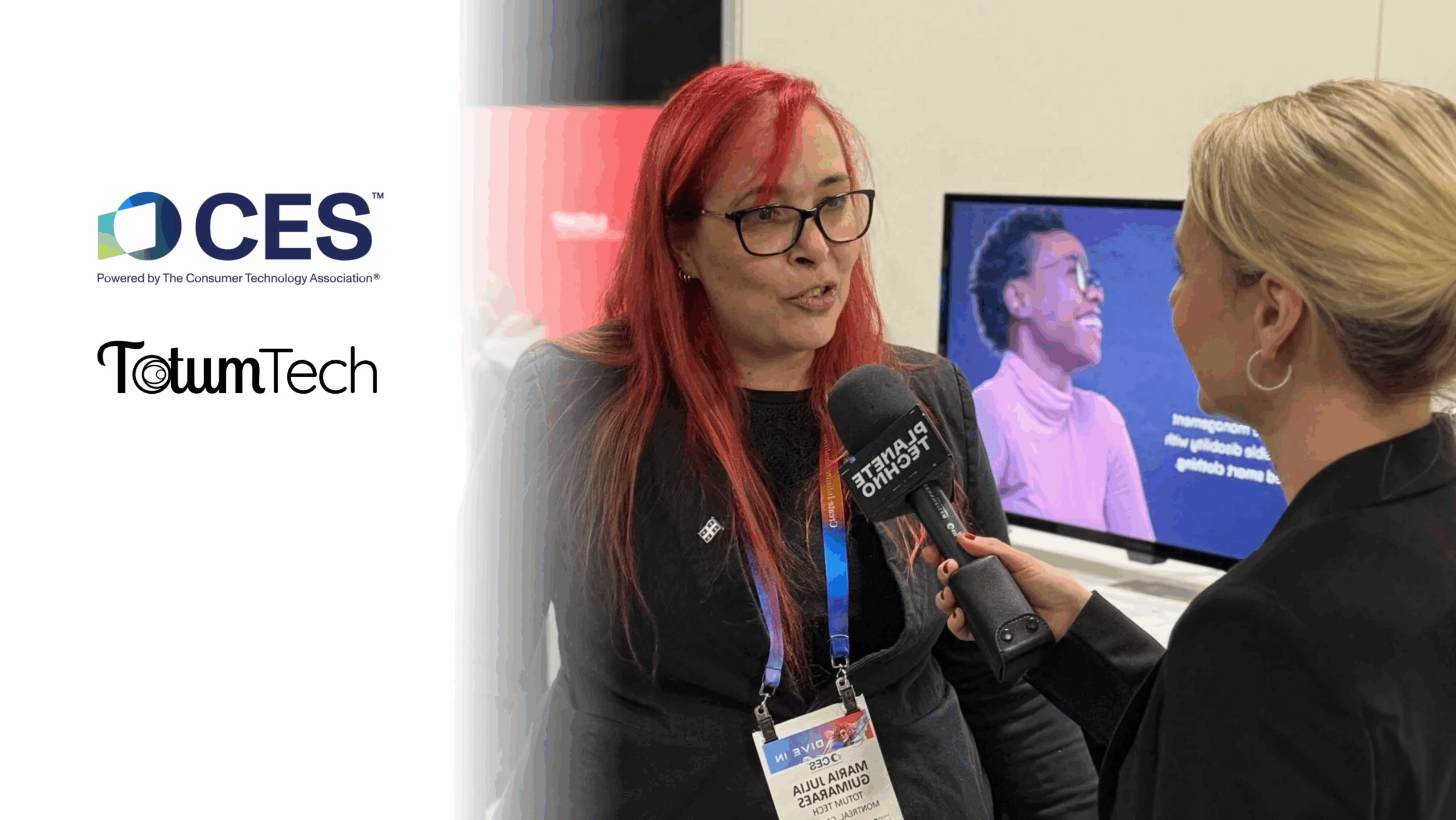The word “invisible” really says it all, doesn’t it? “Invisible disabilities” – these are disabilities that the average person simply never sees. Similarly, “invisible illnesses” are illnesses that the average person won’t notice. But just because you can’t see either, doesn’t mean they don’t have a serious impact. In fact, in many such instances, as much if not more of the harm comes from the fact that nobody else can see the disability.
Just as an example, employers may not be that understanding of an employee who has to take frequent breaks or sick days from work because of a chronic, recurrent condition, and that employee is in much more danger of being terminated for no good reason. Fearing stigma, this person may be too shy to explain to coworkers and superiors why they’re constantly on leave. This may lead to colleagues developing unfounded negative opinions of this person’s reliability and work habits.
This disconnect in understanding with real-life consequences is the frequent dilemma that millions of people suffer every day. It’s a double whammy – they have their own disability which already hinders their personal lives, and they often have to worry about just how much it may ruin their professional lives Invisible disabilities come in many forms, and in each case, it makes life harder.
Examples of physical hidden disabilities
In this post, we’re going to talk about invisible disabilities in the physical realm. It’s not to say that there aren’t invisible cognitive or psychiatric/psychological disabilities – there certainly are – but physical disabilities are what drove us to found Totum Tech, so we’re going to start our discussion with it. We’ll cover other types of disabilities in later posts.
When we think of physical handicaps, we almost immediately think of people in wheelchairs, or those who are blind, or missing limbs. That’s because we can see that they have physical challenges. But that means we regularly miss the millions of people who have handicaps you can’t see.
For example, people may suffer from chronic pain that stems from injuries, bone disease, nerve damage, or many other problems. The important thing to note (besides the fact that you wouldn’t know to look for chronic pain unless you’re told to do so) is nearly a fifth of Canadians and Americans have chronic pain. That is a lot of people. And even though not everyone with chronic pain is going to be crippled by it, it is linked to higher rates of depression, anxiety, opioid dependency, and mobility restrictions. And if not any of those, chronic pain can still reduce quality of life.

Another example of an invisible physical disability is chronic fatigue syndrome. This is a disorder that’s distinguished by extreme fatigue that can’t really be explained by normal causes, nor is the fatigue helped by rest. From the standpoint of day-to-day life, however, someone suffering from it gets tired from even basic activities. To a casual viewer, this may seem like someone who’s profoundly low-energy or, worse yet, lazy and trying to get out of work.

Raynaud’s disease
The one hidden disability that hits closest to home for us right now is pain or reduced mobility due to poor blood circulation. As with everything else we’ve listed, you can’t actually see blood flowing inside a body. But poor blood circulation causes stiffness and rigidity in joints, making movement painful or even impossible – and in the worst cases, causes flesh to degrade and warp. It certainly moving difficult, never mind work!

As to why poor blood circulation hits so close to home, it’s because one of we co-founders has Raynaud’s disease, which is an incurable autoimmune disorder characterized by poor blood circulation. As a direct result of this disorder, typing, writing, drawing – all critical, essential aspects of our co-founder’s job – becomes extremely challenging.
The best way we’ve found to reduce this poor blood flow is to heat up the hands and wrists, and that’s why we’re building Hands-On-Warm, smart gloves that heat up in anticipation of flareups of low blood circulation. We’re building this solution for ourselves as much as we are for everyone else with Raynaud’s disease, because there certainly aren’t that many solutions out there! (And if you’re interested in trying out the gloves, sign up here for our progress and updates!)
We hope that this little blog post has given you an insight into the magnitude of the challenge that people who have invisible disabilities face. We at Totum Tech are starting by trying to solve the problem we know intimately well – the poor blood flow of Raynaud’s disease – first, and then move on to provide as many solutions as we can to all the difficulties fellow travelers face. We’d love to hear about the issues you’d like to see solved in the comments section of this post; you’re not alone in having to overcome your challenges, and we’d like to make this place a safe forum for you all to talk about what you face.
Images by Elias Schäfer from Pixabay, by Wolfgang Claussen from Pixabay , by Gerd Altmann from Pixabay



